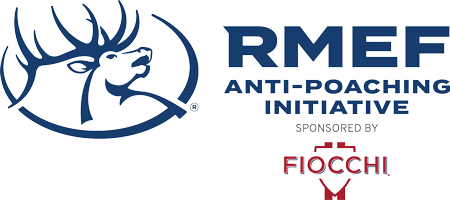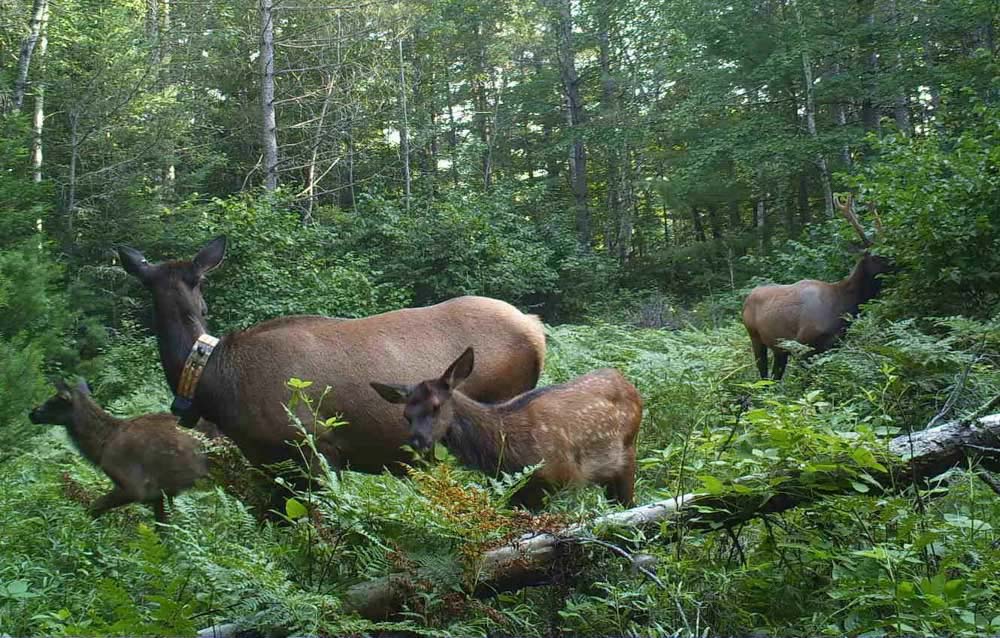
Below is a news release from the Wisconsin Department of Natural Resources. For 2022, Fiocchi partnered with the Rocky Mountain Elk Foundation to increase the visibility of poaching incidents in an effort to reduce poaching nationwide.
The Wisconsin Department of Natural Resources (DNR) requests the public’s help in solving the illegal killings of two cow elk in separate events in Jackson County during the recent gun-deer season.
DNR staff received and responded to a mortality signal from a cow elk’s monitoring collar on Sunday, Nov. 20. The elk was found on private property near Whitney Road in Knapp Township. DNR staff received a second mortality signal from another cow elk’s monitoring collar on Tuesday, Nov. 22. DNR staff found the second elk near the Castle Mound and Brockway Roads in Brockway Township. The deaths of two breeding cows are losses to the elk population growth.
Necropsy tests confirmed each animal had been shot. No other case information is available currently as the investigation continues.
“We ask the public to share any information – no matter how small it may seem – with the DNR’s confidential Violation Hotline via call or text to 1-800-847-9367,” said Conservation Warden Michael Weber. “We appreciate our partnership with the public in protecting our state’s resources and wildlife.”
Tips can also be submitted online.
Elk are found in two distinct ranges in Wisconsin. The largest, and oldest, elk herd in the state is the Clam Lake elk herd. The Clam Lake herd ranges across Ashland, Bayfield, Price, Sawyer and Rusk counties in northern Wisconsin. The other, the Black River elk herd, is found in the forested region of Jackson County in the central part of the state. The Rocky Mountain Elk Foundation assisted with the successful restoration of elk in Jackson County starting in 2015.
DNR staff work with partner agencies to support a robust elk population, which includes collar monitoring of mortalities and location data of calves and adults.
(Photo source: Wisconsin Department of Natural Resources)
